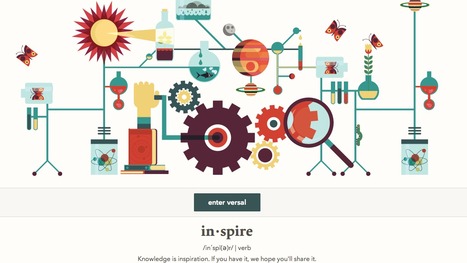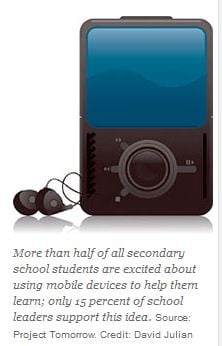Tech Infusion and its Potential to Mediate Online Identities
A recent ice storm caused my retreat from the roadways and outside activities. My indoor inertia was replaced with the indulgence of re-reading my online team process journals. These journals include observations, quotes of team members, ideas for future research, links to current research, and a few doodles. I remain committed to the learning power which emanates from doodles, but time to search for cooraborating research eludes me.
As I turned the paper pages of the journals a quote from an online research team member caught my attention. Our team, led by Dr. Eric Hamilton featured a conversation with Dr. Paulina Sameshima.
Dr. Sameshima’s dialogue during this particular meeting addressed how learners templatize thought for neural efficiency. Dr. Hamilton and Dr. Sameshima catelyzed a discussion on meaning-making. My research teammate, in response said,
“We bifurcate on default”
My margin notes then echoed my astonishment at the level of understanding engendered from my research teammate. I wondered if the technological affordances of a synchronous meeting held within a communal space simultaneously shared through the online affordance of Fuze amid the separated environments of each of our individual locations coalescenced and liberated insights such as my teammate shared.
“We bifurcate on default”
There is a protection that emerges for online exchanges whether they be confined to formal learning spaces of online courses, webinars, and synchronous team meetings or informal learning spaces of chats, status updates, benchmark updates and the like.
Both online participants and facilitators for new identities situated within the online community (Brown, et al. 1989; Ito, Kafai, Teague, 2017; Turkle, Wenger and Wenger, 2016). We may become a new version of ourself, embodying attributes of the self that are restricted or confined in the world of our face-to-face interactions. Through the participatory spontaneity of online discourse coupled with the identity safeguards of our physical environments, insights are formed and shared. Growth branches and, as Vygotsky wrote, this development precedes learning.
Permenant Link: https://tinyurl.com/ParticipatoryOnlineIdentity
Sameshima, P. (2007). Seeing red: A pedagogy of parallax: An epistolary bildungsroman on artful scholarly inquiry. Cambria Press. Amazon
Background polling supplemental research: As of January 2014: • 90 percent of American adults have a cell phone. • 58 percent of those have a smartphone (the number soars to nearly 80 percent for those between 18 and 49). • 42 percent have a tablet.1 It’s a truly different, more informed and more connected world. SOURCE: 1 – http://www.pewinternet.org/fact-sheets/mobile-technology-fact-sheet/








